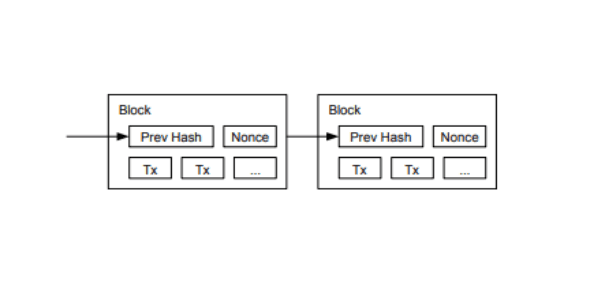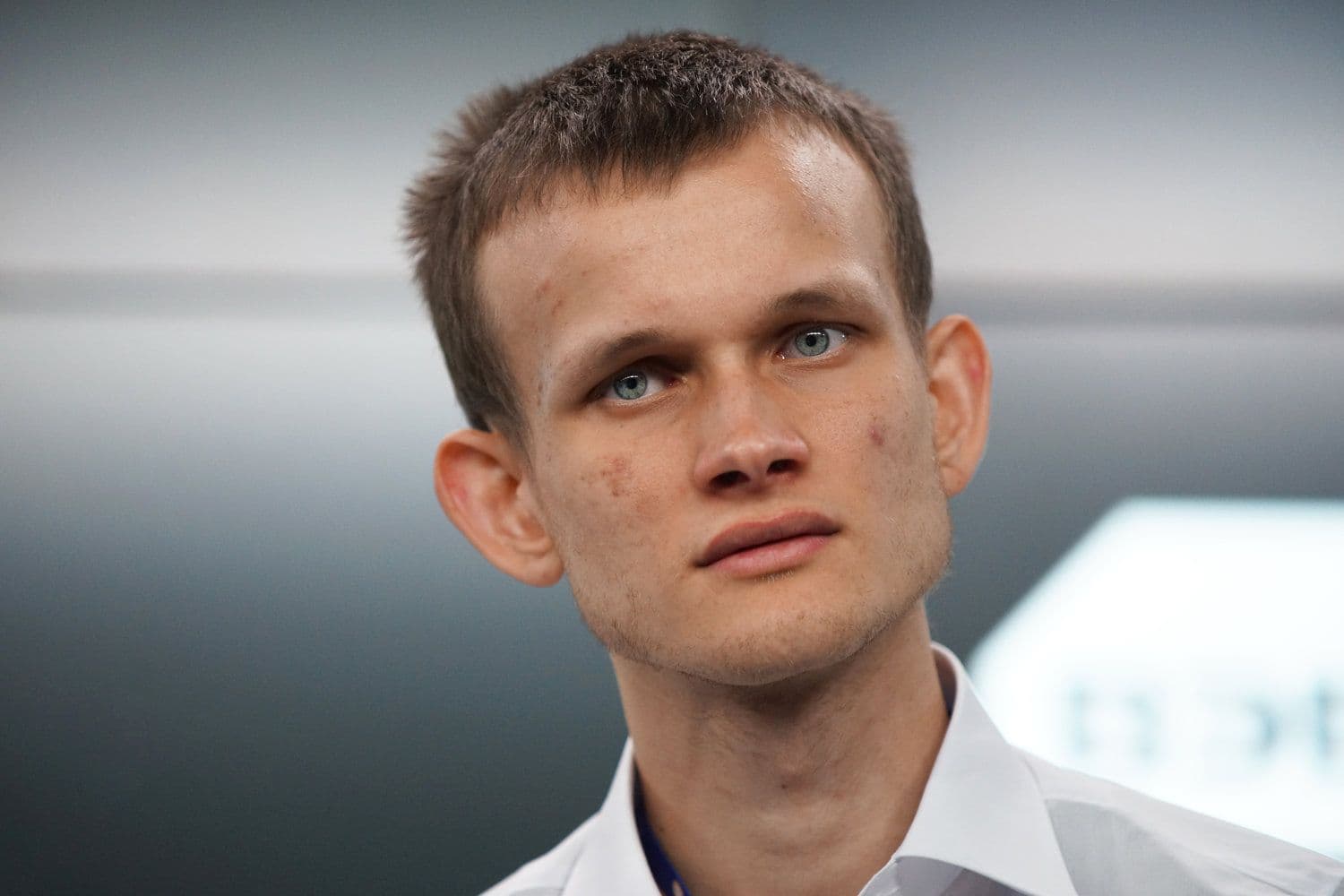Ethereum co-founder Vitalik Buterin has outlined a five-year plan to radically simplify the second-largest cryptocurrency network, arguing that adopting Bitcoin's streamlined approach could strengthen Ethereum while maintaining its advanced capabilities.
What to Know:
- Buterin aims to reduce complexity in Ethereum's codebase, which has grown to 300,000 lines compared to Bitcoin's 15,000
- The proposal includes replacing the Ethereum Virtual Machine with RISC-V architecture, potentially improving performance 100-fold
- Ethereum's market share has declined significantly, with its price hovering around $1,800, down 63% from its all-time high
Buterin's proposal, detailed in a May 3 blog post titled "Simplifying the L1," praises Bitcoin's minimalist design as a model for Ethereum to follow. "One of the best things about Bitcoin is how beautifully simple the protocol is," Buterin wrote, suggesting that Ethereum should strive for similar elegance.
The simplification effort comes as Ethereum struggles to maintain its dominance in the cryptocurrency market. Once commanding a significant portion of the crypto market cap, Ethereum's share has dwindled to a historic low of 7% in April, according to market data.
Meanwhile, its price remains stagnant around $1,800, far below its 2021 peak of nearly $4,900.
Buterin emphasized that simplicity offers several critical benefits, including making the protocol easier to understand, increasing participation in development, and reducing infrastructure costs. He also pointed out that a streamlined design minimizes the risk of catastrophic bugs and reduces vulnerability to social attacks or manipulation by special interests.
The ambitious plan focuses on three major areas: the Consensus Layer, the Execution Layer, and standardization across protocol layers.
One key proposal is implementing a "3-slot finality" model that would eliminate complex components like epochs, sync committees and validator shuffling. This would allow for more straightforward fork choice rules and simplify network coordination.

Technical Overhaul Proposed To Address Growing Complexity
Perhaps the most significant technical change involves the Execution Layer, where Buterin has proposed replacing the increasingly complex Ethereum Virtual Machine (EVM) with RISC-V, an open standard instruction set architecture. This shift could improve zero-knowledge proof performance by 50-100x, potentially lowering gas fees and making Ethereum more competitive with newer blockchains like Solana, which have gained market share due to their speed and cost-effectiveness.
"The reduced number of active validators at a time means that it becomes safer to use simpler implementations of the fork choice rule," Buterin explained in his blog post. This change would help address concerns about Ethereum's growing complexity, which has made the network increasingly difficult to maintain and secure.
The simplification effort extends to standardization as well. Buterin has called for unifying key technical components such as erasure coding, serialization format, and Merkle tree structure to simplify the network and reduce unnecessary variation across implementations.
He specifically named Simple Serialize (SSZ) as the preferred serialization format for the entire Ethereum ecosystem.
Market observers note that Buterin's proposals come at a critical time for Ethereum. The cryptocurrency currently trades at around $1,828, showing little movement over the past 24 hours despite some analysts forecasting potential growth to $8,000 by late 2025. The asset has remained at bear market levels, down 63% from its all-time high, while Bitcoin has recovered significantly from its own drawdowns.
Buterin's vision for a simpler Ethereum reflects a more mature approach to blockchain architecture. "Simplicity, like decentralization, is upstream of resilience," Buterin stressed, emphasizing the long-term benefits of a leaner Ethereum despite the short-term challenges of implementation. The strategy aims to position Ethereum as a more trusted and neutral base layer, similar to Bitcoin, to enhance long-term stability.
Industry insiders view this initiative as a response to criticism from competitors and former collaborators. Charles Hoskinson, the creator of Cardano and a former co-founder of Ethereum, had previously warned that if Ethereum doesn't address its increasing complexity and dependence on Layer 2 networks, it might collapse in ten to fifteen years.
Ethereum's Market Recovery Depends On Successful Implementation
Despite current market challenges, many analysts remain optimistic about Ethereum's future. The upcoming Pectra upgrade, scheduled for May 7, along with other technical improvements, could help restore investor confidence in the platform. According to some price forecasts, Ethereum could gradually rise towards $2,400 by the end of 2025, especially if market sentiment improves.
However, breaking through significant resistance levels will require more than technical upgrades. During a panel discussion at a recent Cointelegraph event, Alex Svanevik, CEO of data service Nansen, acknowledged Ethereum's declining dominance, stating, "If you'd asked me 3–4 years ago whether Ethereum would dominate crypto, I'd have said yes. But now, it's clear that's not what's happening."
Buterin's simplification strategy represents a significant philosophical shift for Ethereum. While the platform initially gained popularity by offering more features and functionality than Bitcoin, the growing complexity has created challenges that now threaten its long-term viability. By returning to first principles and embracing simplicity, Buterin hopes to ensure Ethereum remains competitive in an increasingly crowded blockchain landscape.
Final Thoughts
Buterin's proposal to simplify Ethereum marks a strategic pivot for the network, acknowledging that Bitcoin's minimalist approach offers valuable lessons in resilience and sustainability. As Ethereum faces growing competition and technical debt, this back-to-basics strategy could prove crucial for maintaining its relevance in the evolving cryptocurrency ecosystem.

